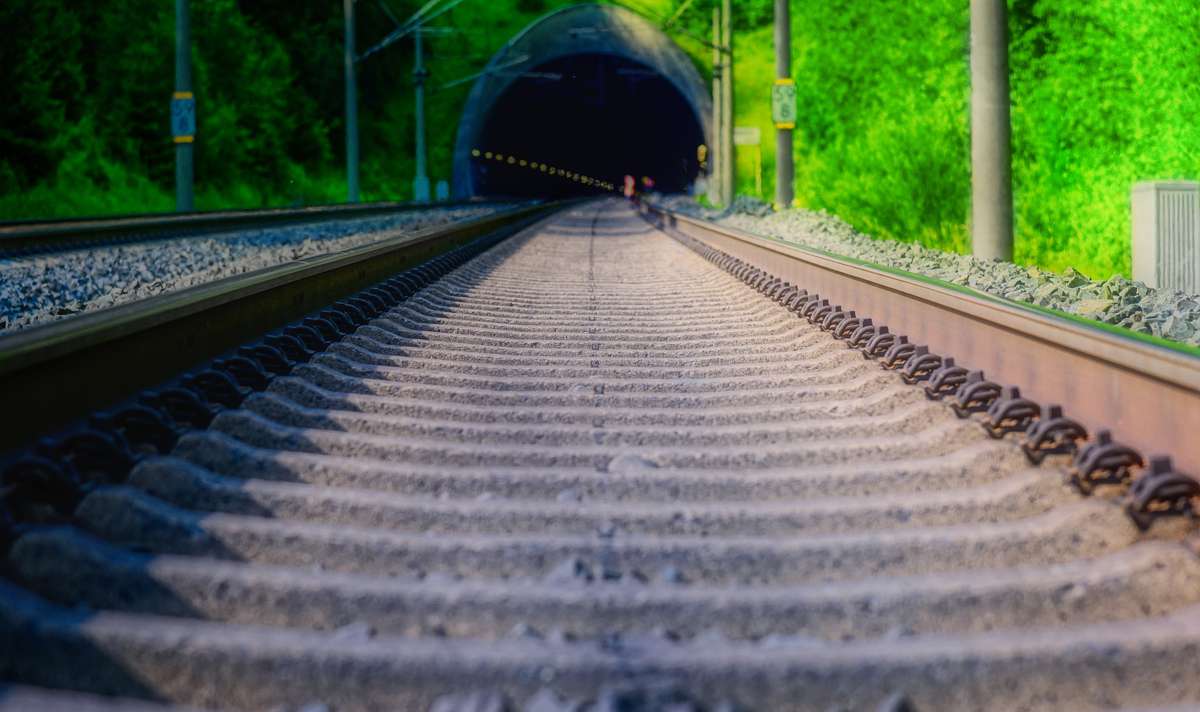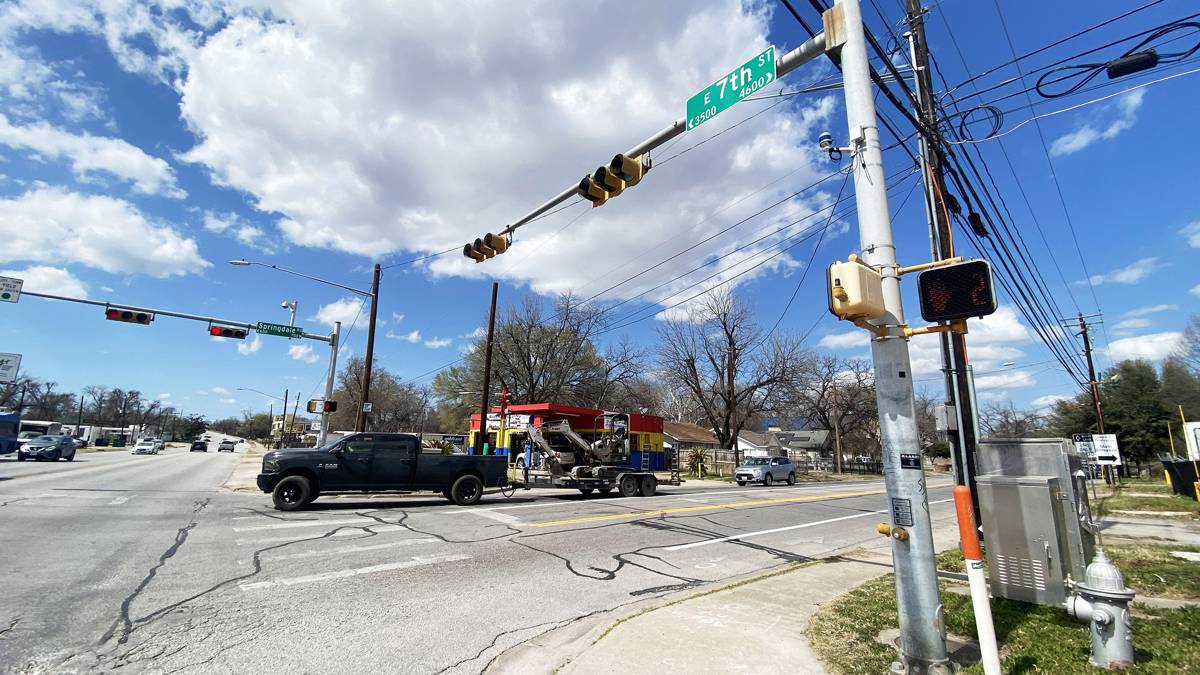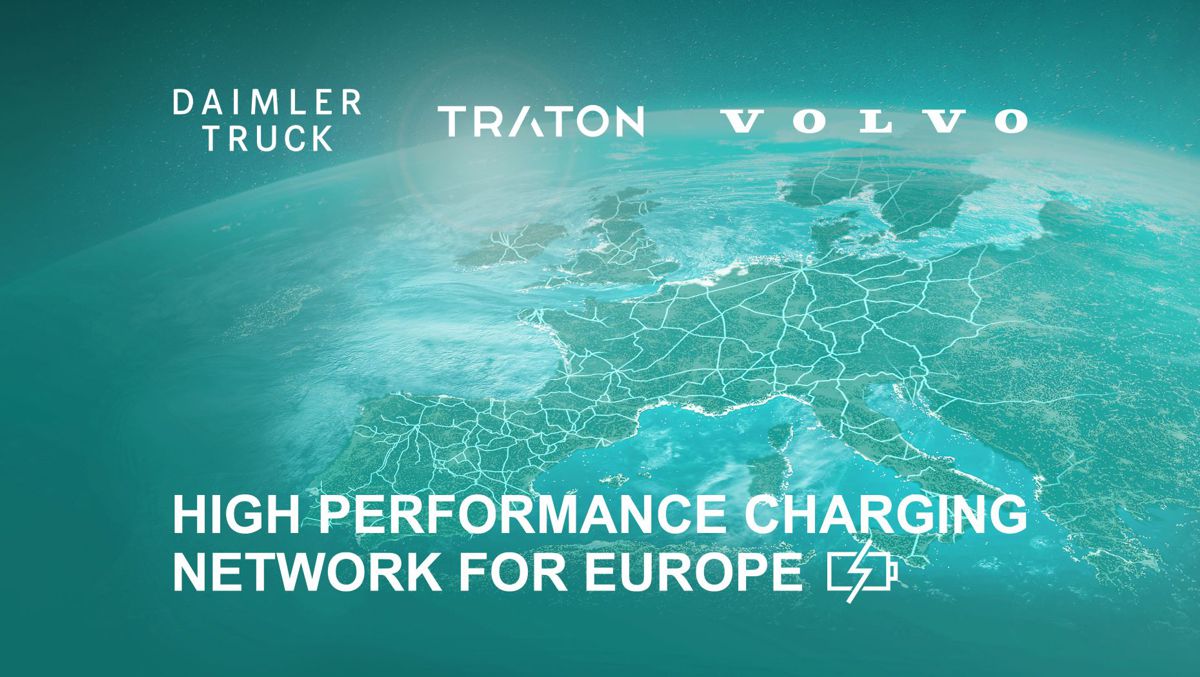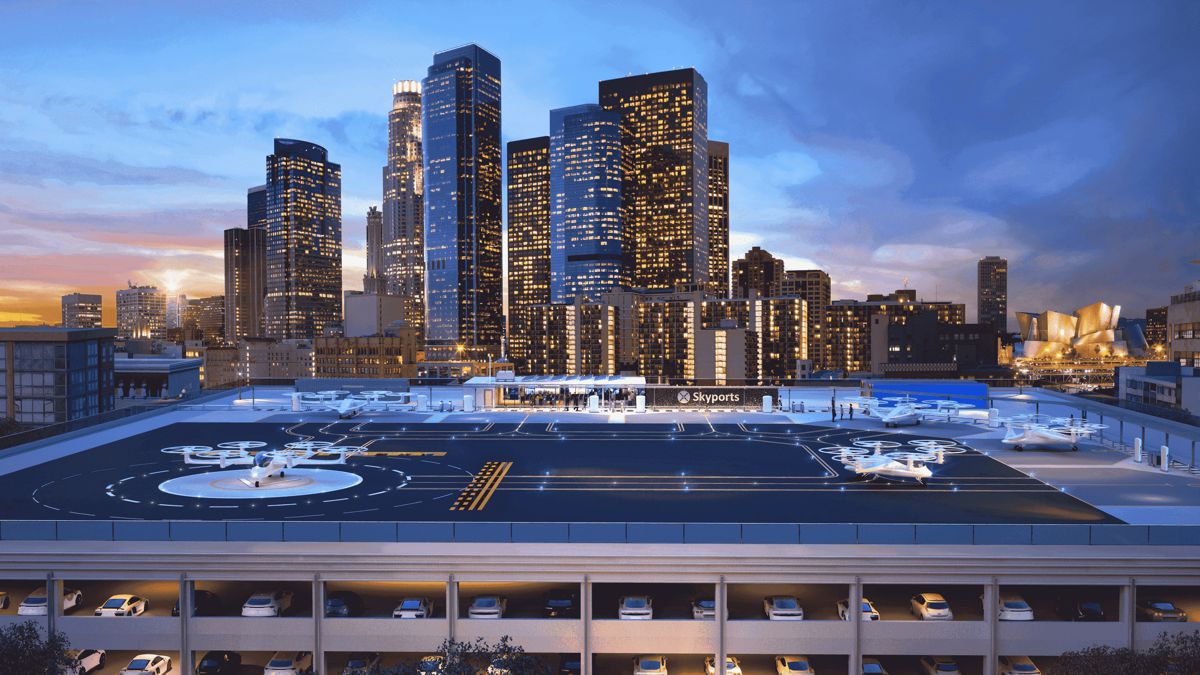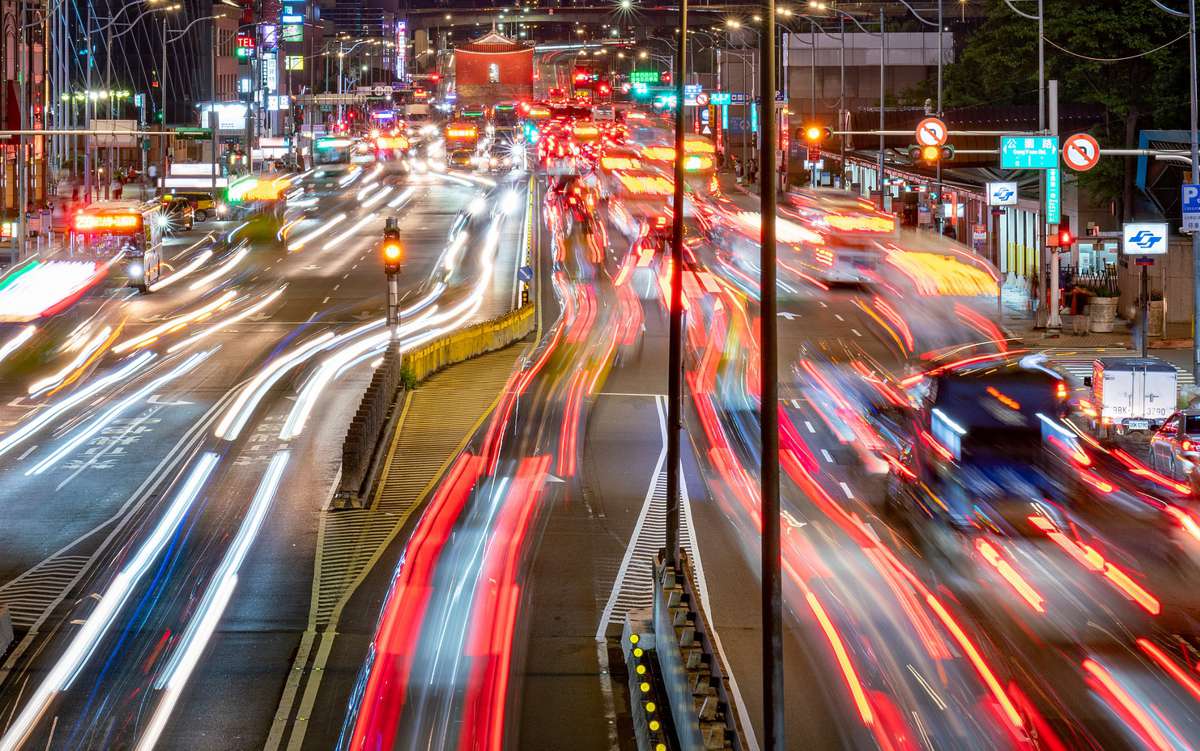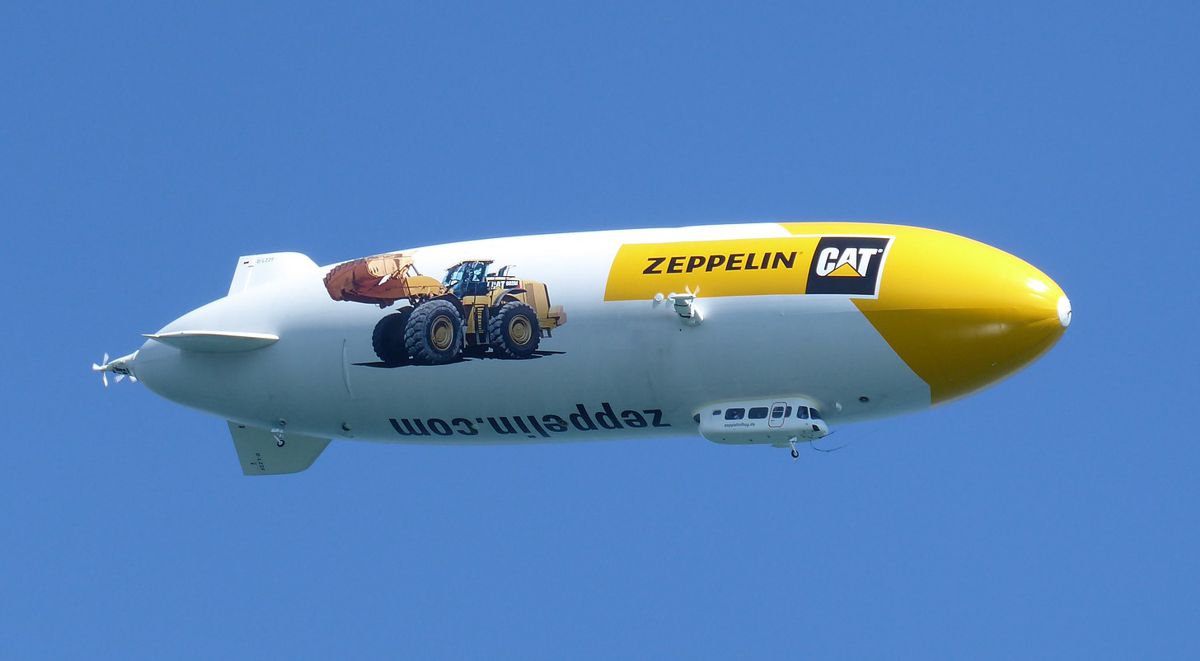Super Rail multi-function rail concept aims to transform railway infrastructure
The cost of rail infrastructure in America is between $40M-$500M per mile and is the reason why America is the poor cousin in regards to passenger rail.
This article describes a construction methodology that attempts to minimize costs nearly to the theoretical minimum of material costs alone. It accomplishes this by combining the advantages of automation, integration, and multi-functionality to produce a product that can be built for ten times cheaper, faster, and better.
Hopefully, this proposal will be met with a receptive attitude so we can not only have affordable, superior, and abundant, environmentally sustainable mass transit and utility distribution networks, but also that this method can make such systems affordable for developing countries.
The construction method described here extrudes a continuous, pre-stressed concrete beam of indefinite length along the path of installation, then uses cut off sections of the beam as columns along that path. A beam mounted crane emplaces the columns as the beam proceeds from the extrusion die and rolling or sliding supports are placed on top of each succeeding column to advance the progression of the beam. Ideally, the first segment of the extrusion is a dedicated column profile such as a hollow triangle. After all the columns are emplaced and topped with a sliding supports, an optimized, single piece beam, hollow, rectangle profile can be slid across the stand of columns.
Figure 1 depicts the extrusion die. It consists of powered conveyor belts, a back plate with penetrations to allow the feed of tensioning cables, and a top opening for adding concrete.
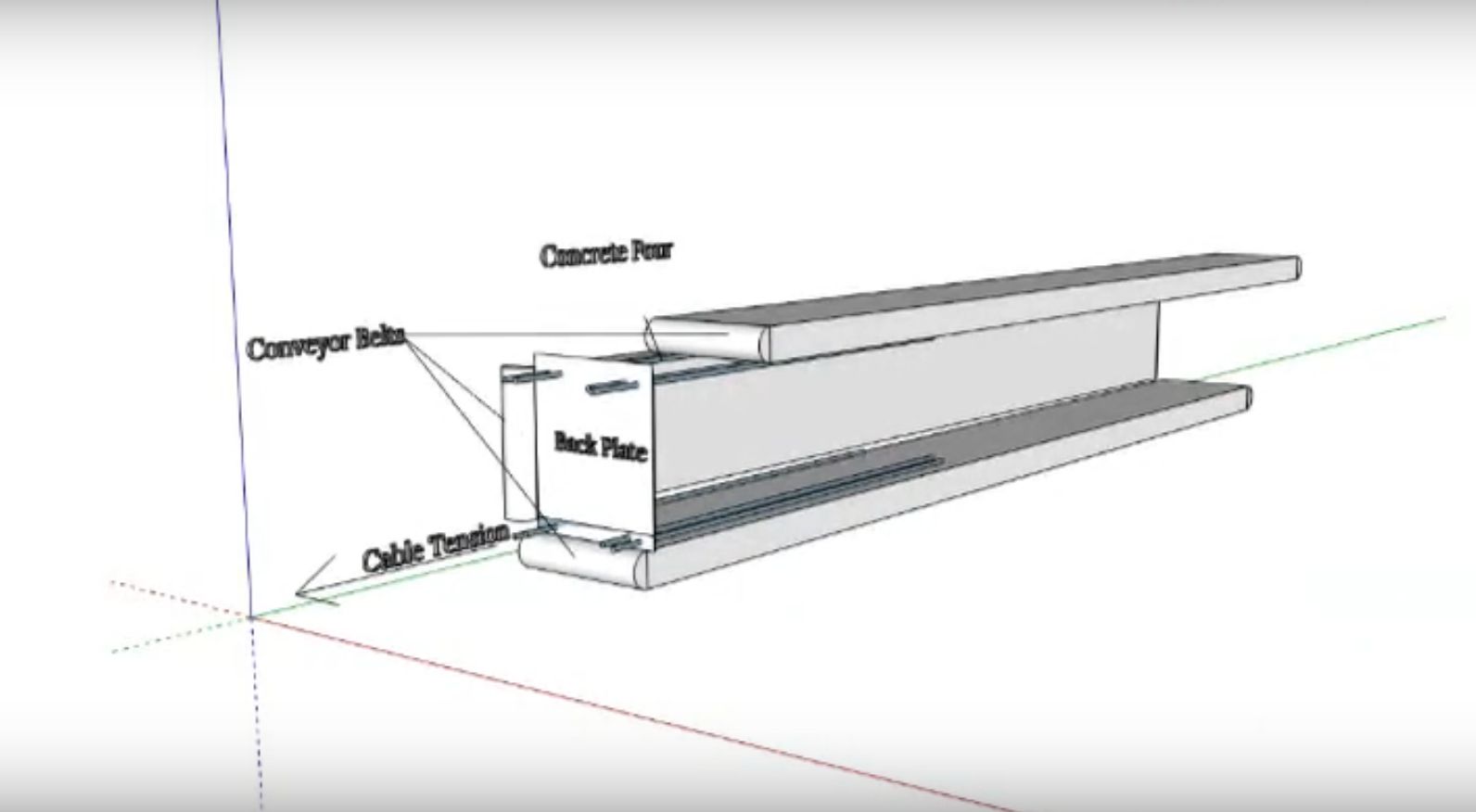
As the conveyor belts pull the formed concrete out of the die, it exerts a tension on the cables being fed into the die. A series of pulling assemblies maintains a tension on the beam until the concrete is set enough to resists the design tension of the cables. Two significant advantages of an extrusion process is the concrete can be maintained at a vacuum to minimize vacancies and a wax coating can be applied as the extrusion exits the die to preserve moisture during the curing process. Another advantage of a conveyor belt die is that it can be used to decorate the concrete beam with impressions of an artistic or textual nature. Ideally, because the beam is installed as an elevated beam, it can be formed to support a high speed, longer distance passenger conveyance on top of the beam as well as a lower speed, short interval trolley that hangs underneath the beam.
The back plate can allow for the feeding of steel channel, pipe, or hose into the extrusion die for attachment to or emplacement in the formed beam. The beam profile can be a solid I-beam profile but in the ideal, it would be a hollow, deep rectangular shape to maximize the allowable span between columns and to allow for the use of the beam as a fluid conveyance asset. Also, if instead of multiple smaller conduits, a single large conduit is formed into the beam, it can be used for an evacuated tube conveyance.
Figure 2 depicts the extrusion die where blanks are attached to the back plate or pipes are inserted through the back plate so the interior of the beam is a hollow continuous conduit.
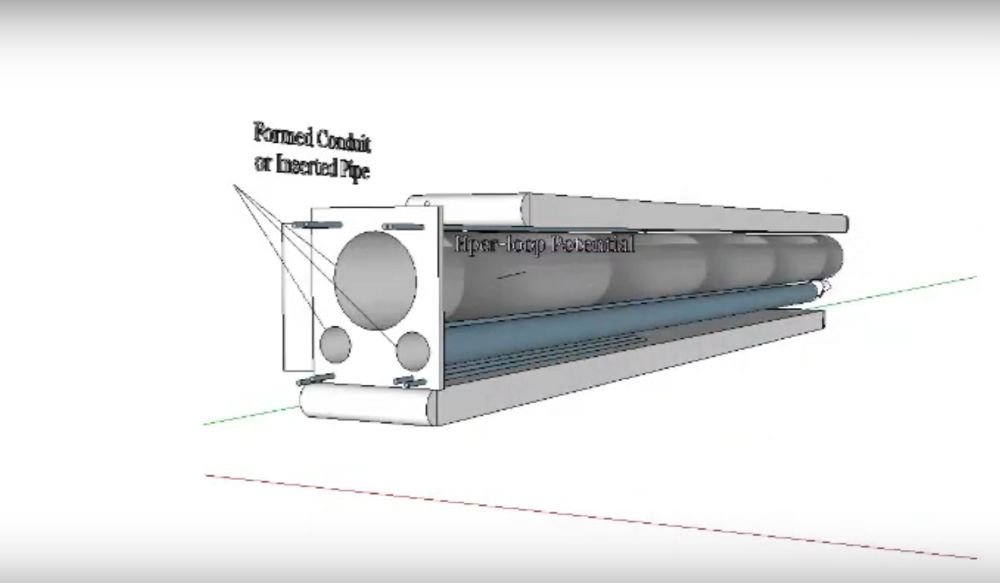
The use of conduit blanks allows for the creation of fluid conveyance capabilities as a by-product of beam construction. An elevated concrete conduit can provide inexpensive, large cross section, low-pressure flow or it can protect a less durable conduit material like plastic lined fabric hose. The conduit formed into the interior of the beam can accommodate numerous fluid types with or without additional conduit material which is in effect, free fluid conveyance infrastructure. Furthermore, it is immune to undetected leaks, costly excavation if repair is ever needed, and accidental intrusion due to excavation errors. Whereas a buried and welded 38”, 1000 psi natural gas line might cost $8M per mile, an equally capable 1000 psi fabric hose, miles long, without a seam, might cost under $1M per mile as an integrated element of a mass transit line.
The greatest advantage of merging utility services with a mass transit elevated rail is that utilities and transit services go hand in hand. Any place serviced by passenger transport will logically need to be serviced with utilities like water, gas, electricity, and even fossil fuel supplies.
Although outlying areas are infrequently serviced with widely spaced commuter rail depots, they also need bus type services that stop in quarter mile intervals. With a dual use elevated rail, both these needs can be met in the most economical, automatic fashion, similar to how airport trams are operated.
Figure 3 depicts a possible beam profile.
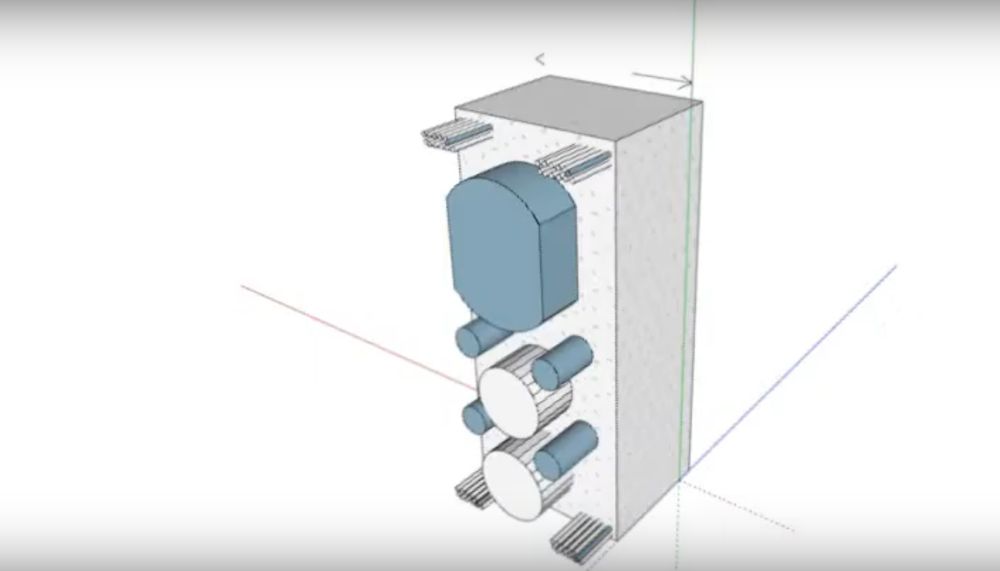
It depicts a profile section of an otherwise continuous beam of indefinite length as great as hundreds of miles in a single section. The beam itself might be 4 feet wide by 8 feet tall, or greater. In this profile, the pre-tensioned cables are segregated to the corners to allow them to conduct electricity while providing structural strength for the beam itself. As the conductivity of dry concrete is comparable to that of air, three phase, high-voltage electricity can be conducted for communities while lower voltage current can power the passenger conveyances along the beam. Because such a beam would require dozens of cables, power transmission losses might be ten times less using this concept. Even if the tension cables are not used to conduct electricity, an insulated conductor can be fed into the extrusion die. In either case, these approaches offer multiple benefits. It provides an electrical distribution system that is hardened against terrorism, protected from storm damage, and devoid of the risk of starting a forest fire.
The internal cavities formed into the beam serve the purpose of reducing the weight of the beam without sacrificing its load carrying capability. But because the beam itself is continuous to any desired length, the internal cavities formed into the beam, and the tensioning strands, are in effect, free utility infrastructure, available as a by-product of constructing mass transit infrastructure. Accordingly, utility conveyance fees currently collected for dedicated utility services can be collected to pay for both the construction and operation of the mass transit service. Not only that, but because all the utility infrastructure is reduced to nearly the cost of concrete, a case can be made that any utility service fees charged would be less and could still pay for the cost of the mass transit service.
The following Figure 4 drawing depicts how sections of the extruding beam can be cut off as it is extended and then used as prefabricated columns along the path of the extruded beam.

This process replaces off site construction with little more than a post hole digging campaign. By pushing beams over columns, nearly all transportation and ground obstruction costs are effectively eliminated.
As the beam is being fabricated in this automated process, it grows in length. It can be used to make columns of any desired height. Because the beam is a structural beam with pre-stressed cables in the perimeter of the profile, these columns would have far greater flexural strength than conventional, poured in place, rebar cage, type of columns. Because it is set on a sliding surface, the columns can slide under the beam in the event of an earthquake. This would reduce the need for flexural strength in the columns themselves. Of course, the sliding supports would need to be designed to prevent the columns from completely sliding out from under the beam. Because the beam is a single beam, there are no junctions at which an earthquake could separate the beam sections at their supports. Lastly, because the beam is extruded from a die, the precision of the beam line could be nearly flawless and laser straight. This would allow for extremely fast rail.
A large part of the expected cost savings is in this overhead installation method. If a rail line can be installed from overhead while only requiring 100 square feet footprints, it makes it possible to install in even heavily developed areas with only the most minimal surface obstruction costs. The idea of delivering the beam to the installation point along the route of installation eliminates significant transportation costs. Being able to install columns in a single hoisting operation is likewise significant. Then there is the speed of installation issue. The only real limit on construction speed is the efficiency of the column installation process.
Arguably, it seems possible that 50 foot or even 100 foot columns might be cut and emplaced at an hourly pace and columns could be spaced at 100 foot intervals. If so, a mile of columns could be erected every two days on a 24 hour operation. This would then require that the extrusion proceed at 2-3 feet per minute and that a tension supplying mechanism continue to provide tension 2-3 miles beyond the extrusion die. A 100 mile line of columns would then be installed in 7 months. Following this, twin beams could be extruded at the same or even greater speeds so that such a line might conceivably be completed in one year. Using conventional methods, such a line could be expected to take a decade for at least a ten-fold greater cost. Although the time value of money isn’t what it used to be, there is much to be said for being able to construct projects ten times faster.
Beyond the advantages already cited, elevated beam mass transit which includes massive fluid conveyance capabilities, this proposal offers timely and necessary ancillary advantages. If a beam passes through a wilderness area, it can provide access to those areas in a less intrusive manner than a road as it would, in the least, or most, eliminate road kill. Additionally, it could be used to limit forest fires as it could supply massive amounts of water and a fireproof curtain could be moved into place underneath the beam.
Then there is the issue of droughts and floods. There is a real need to be able to take water out of a location facing a hurricane or delivering water to areas of drought. Currently, there is no money for such projects. But if that capability is possible at nearly no costs, it can solve future water crisis which are seemingly inevitable.
Aside from just ground based applications, this methodology offers just as great if not greater advantages in a marine environment. If a circular beam profile is used, a continuous concrete pipe can be extruded into the ocean. Because concretes purpose is compressive loading, it could be laid along the ocean floor or floated on or beneath the surface to eliminate the need for ferries or even airline transit of marine crossings. It can be fabricated in sections, floated to, and submerged across rivers or bays to eliminate the need for massively expensive suspension bridges.
The advantage offered in a marine application is so great, it has to be calculated to be believed. The size of concrete tube extruded into the ocean is almost unlimited but consider a modest proposal. Two 15 foot inside diameter tubes with 18 inch thick walls require 10,000 yards per mile. At a $100 a yard, that comes to $1 million per mile. To put that in perspective, more than 1500 double tubes could be built for the cost of the six lane Akashi-Kaikyo Bridge or perhaps 750 installed double tubes. These would be at least hundreds of times more economical, not to mention being infinitely more earthquake resistant than any rigid bridge. There are nearly unlimited places where water crossings are desirable but simply not affordable or cost effective. Such a construction method would make these crossings affordable and could be built at breakneck speeds.
This proposal for Super Rail focuses on elevated rail, a comment on how we construct passenger rail cars needs to be added. Conventional commuter cars weigh 30-80 tons, which if used in an elevated rail system would place inordinate demands on the strength required. Also, steel wheels on steel rails seriously limits ultimately achievable speeds. Concurrent with this elevated rail construction proposal is the proposal that any such mass transit conveyance should use an air flotation concept where compressed air is trapped beneath a passenger car and the car itself is designed to be light like an airplane fuselage. Using this concept, and the fact that the extruded beam described in this paper would have the precision straightness to accommodate near sub-sonic velocities, there really is no reason to think airline speed rails aren’t readily achievable.
The reason air floatation is really necessary is that gravity might cause a slight degree of sagging along the beam length which can only be accommodated with air flotation. While the extrusion die can make a perfectly straight beam, it may be impossible to make a perfectly flat beam. Also, air floatation support would the quietest and smoothest ride possible, not to mention the least expensive way to construct a car.
The world has been designed with great inefficiencies which have seriously hindered progress, particularly in poor countries. Add to this the fact that a lack of electrified mass transit in favour of gasoline cars has left the world ill-positioned for addressing the need to reduce CO2 emissions. The proposal for Super Rail presented here makes it possible to not only afford the kind of mass transit needed, but an ability to construct it in record time with only the most minimal of transition pain. But, as if that were not enough, it provides a way to pay for it in the form of lower utility service fees. Just as the cheap microprocessor made the information age affordable, this proposal will make the age of mass transit affordable.





